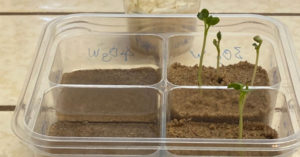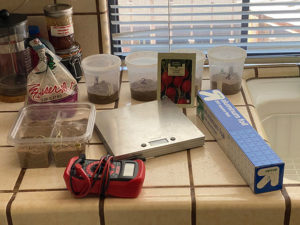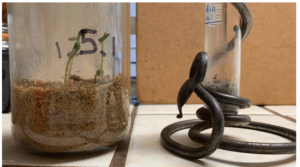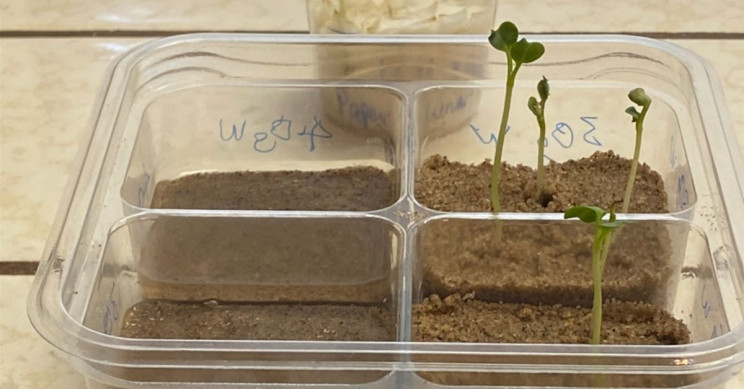The research aims to allow astronauts to grown their own food as much as possible
One Moon day lasts 28 Earth days, 14 days of sunlight is sufficient for radish sprouts to form
In these days of social distancing, some of us learned how to bake bread, some of us cake, but with the moon projects at stake, however; NASA scientist Max Coleman meddles with desert soil in his kitchen to develop a way to grow radishes on the moon.
To be honest, the plan sounds like something out of the movie script of “The Martian”. Coleman went with radishes because these bad boys vegetate rather quickly. This is important because on the moon, days and nights last 14 Earth days each. Coleman also said, “They have been used before in space, and they germinate very, very fast,” in the press release.

After the COVID-19 breakout, Coleman and his team of 12 had to postpone on-site tests of the sensors planned for moon mission use. The team now works remotely from home, during one of their video meetings Coleman pondered how they could vegetate radishes on the moon. He had the idea of doing some tests with no nutrient soil and soil with a small amount of nutrients.

After some discussion, Coleman went “Let’s not theorize about this; why don’t we just do it!” and ordered radish seeds along with desert sand, which is closest you can get to no-nutrient on Earth. The idea is to handle feeding the astronauts with as little material as possible.
“We want to do one tiny step in that direction, to show that lunar soil contains stuff which can be extracted from it as nutrients for plants,” Coleman said, and added, “this includes getting the right chemical elements to allow plants to make chlorophyll and grow cell walls.”

Radishes are renowned for their little water need, still, to Coleman’s surprise the less he watered them the more successful radishes were.
As a results, Coleman highlighted that the properties of the moon are a tad bit different from Earth: “We can’t properly test here on Earth with perfect lunar soil, but we’re doing as much here as we can. Then we want to show that it actually does work on the Moon“.
Maker Faire Rome – The European Edition has been committed since eight editions to make innovation accessible and usable to all, with the aim of not leaving anyone behind. Its blog is always updated and full of opportunities and inspiration for makers, makers, startups, SMEs and all the curious ones who wish to enrich their knowledge and expand their business, in Italy and abroad.
Follow us, subscribe to our newsletter: we promise to let just the right content for you to reach your inbox



















































































